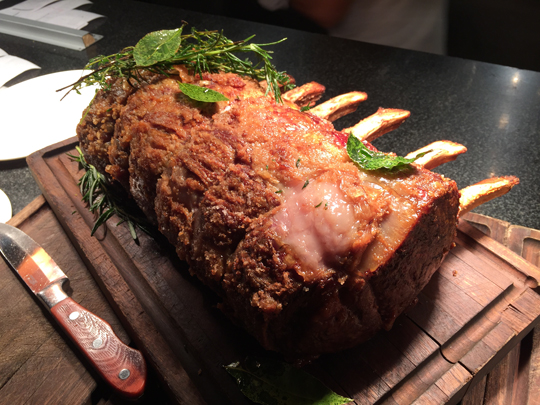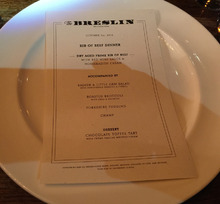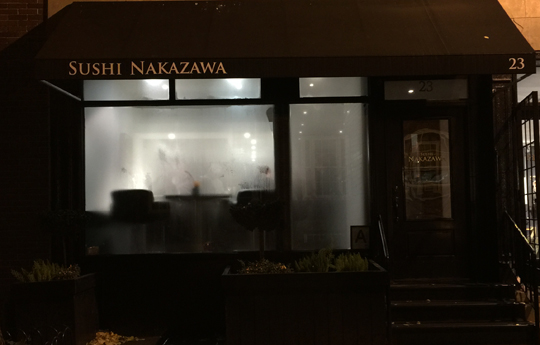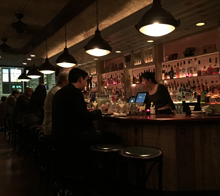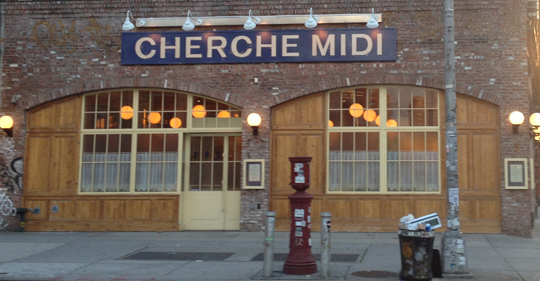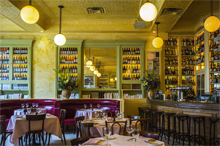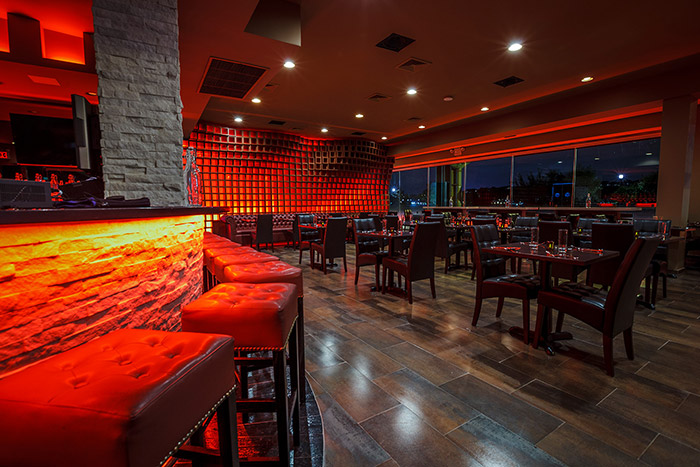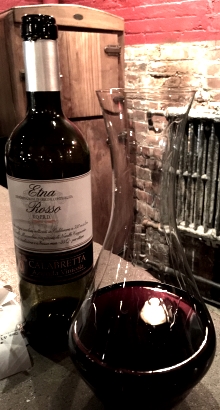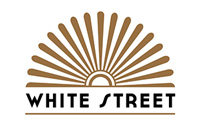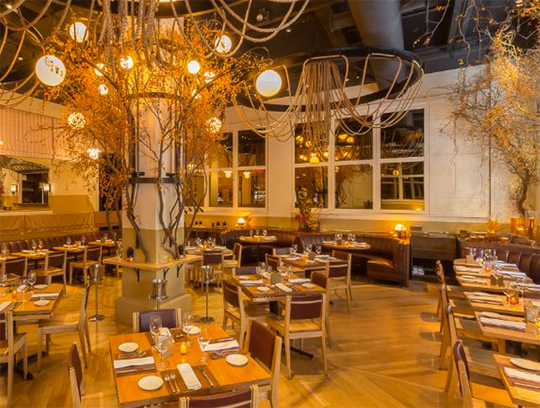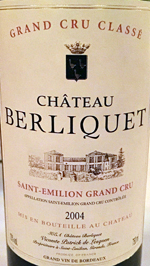Le Jardin Bistro
 Monday, December 22, 2014 at 09:53PM
Monday, December 22, 2014 at 09:53PM 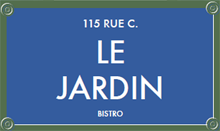 How did I miss this it? A French bistro as cute as Le Jardin was on Cleveland Place for 15 years, and I never noticed.
How did I miss this it? A French bistro as cute as Le Jardin was on Cleveland Place for 15 years, and I never noticed.
It closed in 2010 to make way for John Fraser’s pop-up What Happens When, followed by The Cleveland, which tried out three chefs in two years and finally closed after a dispute with the landlord.
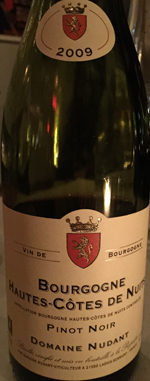 Meanwhile, Le Jardin’s original owner, Israel Katz, found a business partner and re-opened Le Jardin in an old townhouse on Avenue C, or perhaps I should say, “Rue C.”
Meanwhile, Le Jardin’s original owner, Israel Katz, found a business partner and re-opened Le Jardin in an old townhouse on Avenue C, or perhaps I should say, “Rue C.”
A lovelier spot for a rustic French bistro would be difficult to imagine. On the ground floor, there’s a bar and an enclosed patio. Most of the seating is up a flight of stairs, where there’s a spectacular bi-level dining room with an open kitchen, distressed brick walls, and a functional fireplace, which was roaring the evening we went. Past a set of French doors, there’s an enclosed candle-lit garden, which is open all year.
If you’re looking for the ultimate charming third-date spot, put Le Jardin at the top of the list.
The menu is taken from the French bistro playbook. There is nothing original, but if you love this cuisine, you will want to order all of it. Prices are so modest, you could stay all night and have dinner twice. Appetizers are $5–12, mains $14–22. For dessert, cheeses are $4 each, sweets $9.
The all-French wine list offers nine choices by the glass, fourteen modestly-priced bottles ($42–69), and and ten “cru & back vintages” soaring up to $750 for a 1989 second-growth St. Julien. We were happy to order at the expensive end of the regular list, a 2009 Hautes-Côtes de Nuits ($69).


